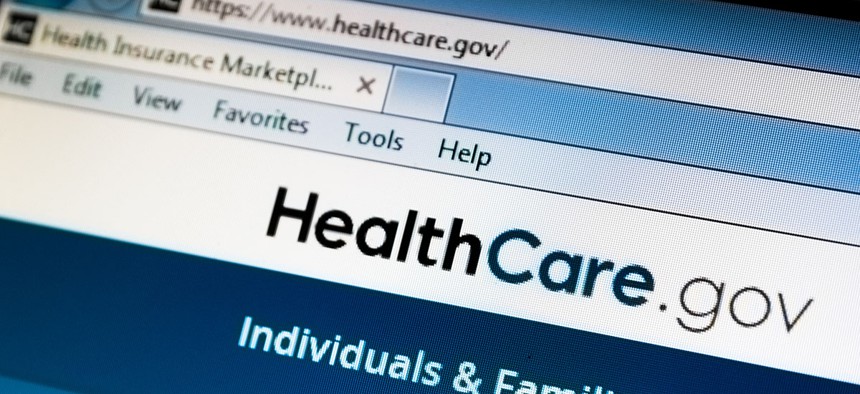Was the HealthCare.gov Fiasco ‘The Best Thing that Happened to Digital Government?'

txking/Shutterstock.com
William Eggers, government consultant and author of “Delivering on Digital,” has a different view than most on the plagued rollout of the website.
To most, the 2013 rollout of the Obamacare flagship website was an unmitigated disaster, costing taxpayers hundreds of millions of dollars and equated the Affordable Healthcare Act with a technological what not to do.
William Eggers, government consultant and executive director of Deloitte's Center for Government Insights, sees it differently, however.
“HealthCare.gov ended up being the best thing that happened to digital government in America,” Eggers said Thursday, speaking at the Granicus Communications Summit. “Because of that failure, we prioritized digital government more than any congressional testimony could do. It forced [President Barack Obama] to look under the hood of how the website works.”
What was found wasn’t pretty. The government still buys digital technologies the same way it bought warships commissioned in World War II, and communication between contractors and federal program managers isn’t always stellar. The government’s reliance on outdated hardware—a problem the Trump administration is currently grappling with—also came to light.
In response to the ugly rollout of one of his most important initiatives, Obama launched the U.S. Digital Service, a fix-it team staffed with techies who largely came from startups and private sector companies—some of whom helped fix the troubled HealthCare.gov portal.
Despite slipups, USDS and its sister agency, 18F—housed within the General Services Administration—have worked hard to improve the state of technology within government. 18F, Eggers said, cut the time to hire folks into government from an average of nine months to six weeks. User-centered design is also baked into its mission, meaning the systems it helps build or buy focus on end-users and design principles.
HealthCare.gov’s rollout was also instrumental in the creation of IT reform by way of the Federal Information Technology and Acquisition Reform Act. Enacted in 2015, FITARA has increased accountability of tech investments in part by forcing transparency in IT spending and imbuing chief information officers with the necessary power to cancel IT projects that aren’t working.
“In the last few years, we saw massive changes in government,” Eggers said. “Faster hiring, prioritizing IT procurement reform, the focus on the end user, and citizens made active partners.”
Those challenges are far from fully remedied, Egger said, but it’s a good bet government wouldn’t have come three steps forward if it hadn’t first gone two steps back with the HealthCare.gov launch.



